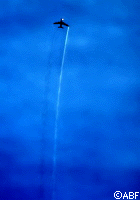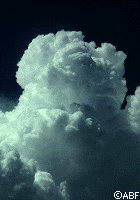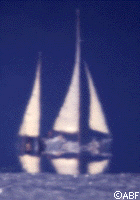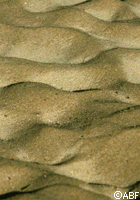 |
 |
 |
 |
 |
 |
 |
Observing Meteorological Phenomena
|
This stuff is so bad, it must be educational. |
 |
 |
 |
 |
 |
 |
 |
|
This stuff is so bad, it must be educational. |
S Y L L A B U S
A wide range of meteorological phenomena, observable with the naked eye, is presented in the lectures, but the specifics of each is not considered as important as the method that is employed to make sense of them. Consequently, the syllabus for the course contains more topics that can be covered in one semester. Choices are made during any particular course that are going to be of the greatest interest and use to the students at that time. For example, when presented during the fall, the physics of snow might be secondary to a discussion of steam fog. During the Winter semester, the reverse would be more appropriate.
 |
Introduction
Course description and objectives Perception: Basic clouds: Snow: |
| Dynamics
Conservation of vorticity: Generation of vorticity: Stability of vortices: |
 |
 |
Clouds
Stability: Microphysics: Convective clouds: |
| Optics
Scattering by molecules and dust: Scattering by water drops: Scattering by ice crystals: Atmospheric refraction |
 |
 |
Miscellaneous
Patterns produced by: |
 |
 |
 |
 |
 |
 |
 |